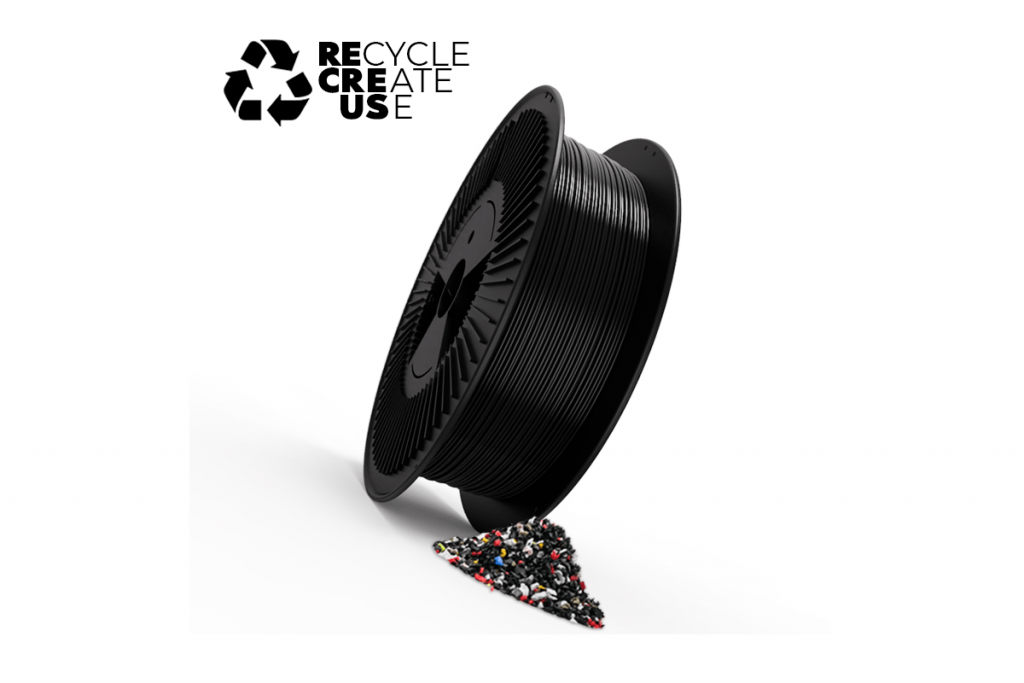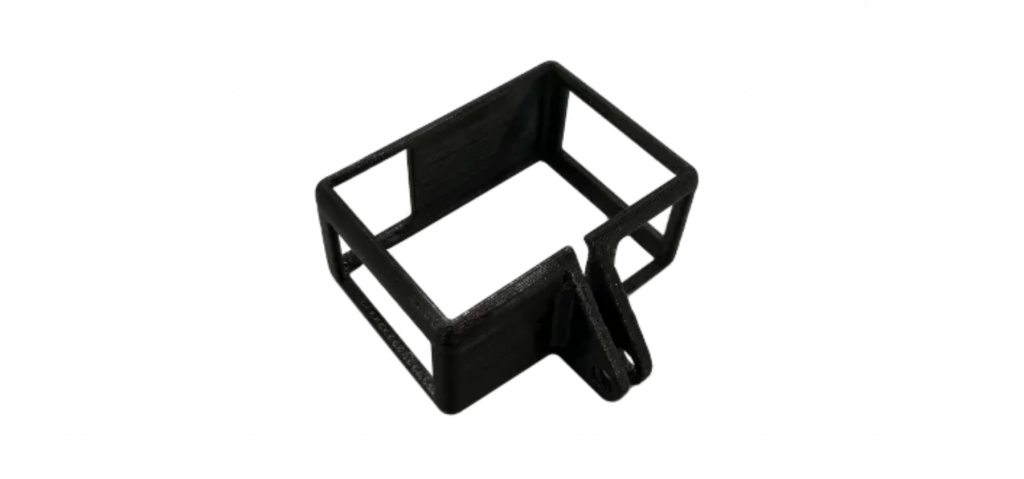Spain-based 3D printing materials producer Recreus has launched a new flexible TPU filament that is 100% recycled.
Reciflex consists exclusively of waste material from the footwear industry and Recreus’ own in-house production processes. With sustainability creeping ever-more into modern business practices, it is the company’s way of contributing to the circular economy and reportedly delivers the same high level of performance as Recreus’ flagship Filaflex range of flexible filaments.
The material is described as ‘easy to print’ and can be used with any TPU-compatible FFF 3D printers on the market. Parts produced using Reciflex can also be re-recycled once they have served their purpose. On top of the new material launch, Recreus has also undergone a minor rebranding, stating that the company’s name now stands for ‘Recycle, Create, Use’.

Flexible part production with Reciflex
So how is it made? Once the raw material is reclaimed, Recreus magnetically screens the polymer to pick out and remove any metallic residue that may be left behind. As such, the company can guarantee the final filament will behave as expected during the printing process. The TPU then goes through a plastic shredder to crush it and convert it into small pellets, at which point it is drawn into a spool of usable filament.
It’s worth noting that Reciflex is currently only available in a shiny solid black, as the company adds a black pigment to the final product to homogenize its otherwise-rainbow color. Despite comprising multiple sources of polymer, the TPU filament provides an excellent set of mechanical properties, impact resistance, and solvent resistance. The list of potential applications includes RC car wheels and protective covers for phones, GoPros, and drones – staples of the 3D printing maker community.
Different spools of Reciflex may have hardnesses ranging from 96A to 98A SHORE ‘A’ due to the slight variations in their source materials, but the company says this difference will be unnoticable in the final 3D printed parts. To successfully 3D print the filament, Recreus recommends a nozzle temperature of 220-235°C, a bed temperature of 50-60ºC, and a print speed between 20-60 mm/s. It is available in 750g and 3kg spools, in both 1.75mm and 2.85mm filament diameters.

Promoting the circular economy
Additive manufacturing as a whole is largely regarded as a more environmentally sustainable alternative to conventional manufacturing techniques, but the statement isn’t as clear cut when considering the entire product lifecycle. As such, the push towards sustainable raw material production is an important one.
Back in November, German polymer manufacturer Covestro announced the introduction of a new sustainable line of 3D printing materials. Much like Reciflex, the Addigy range of filaments is partially made of recycled polymers, and ultimately aims to address the needs of the circular economy.
Elsewhere, in Amsterdam, 3D printing filament vendor Reflow has previously launched its own eco-friendly range of ‘Seaglass’ translucent materials. The company’s sustainable line of six rPETG filaments is made from locally-sourced recycled plastic, and is characterized by its impact and temperature resistance.
Subscribe to the 3D Printing Industry newsletter for the latest news in additive manufacturing. You can also stay connected by following us on Twitter and liking us on Facebook.
Looking for a career in additive manufacturing? Visit 3D Printing Jobs for a selection of roles in the industry.
Featured image shows a Reciflex filament spool. Photo via Recreus.


